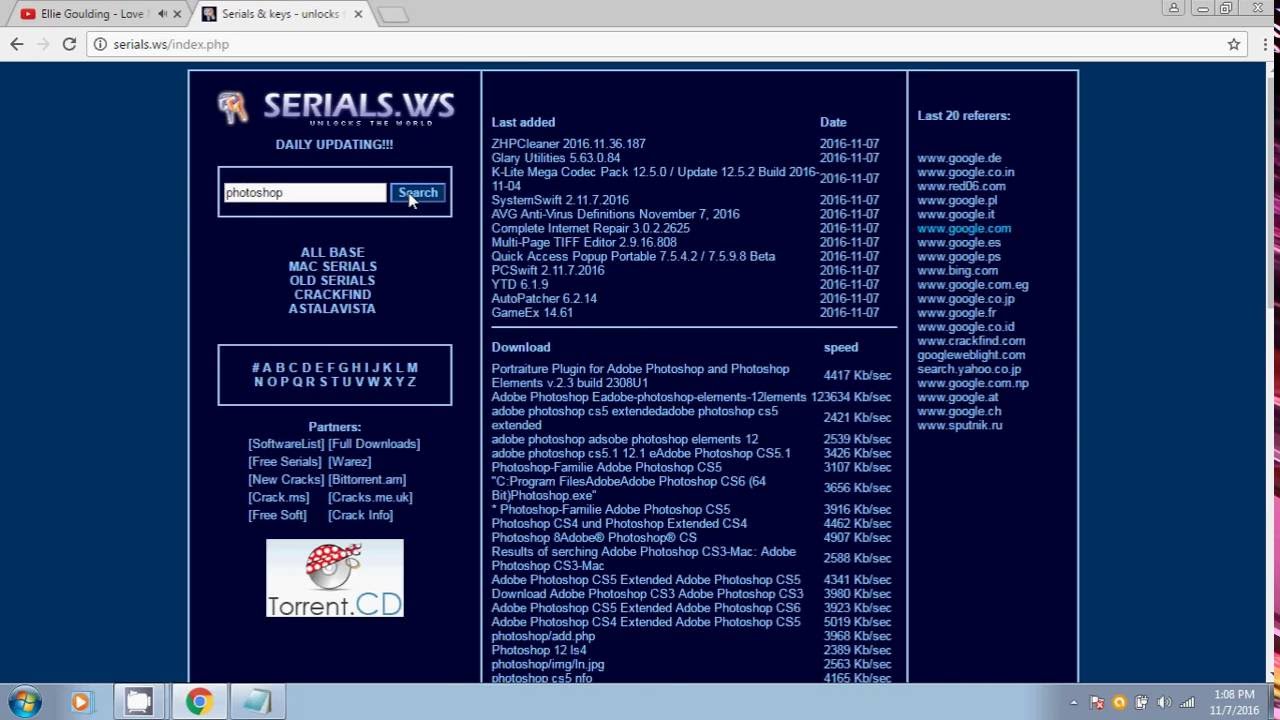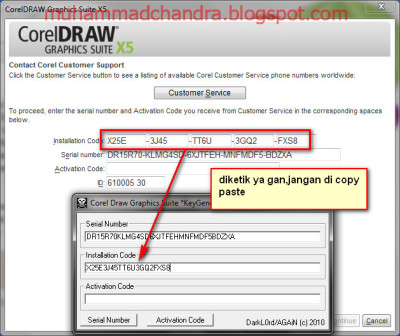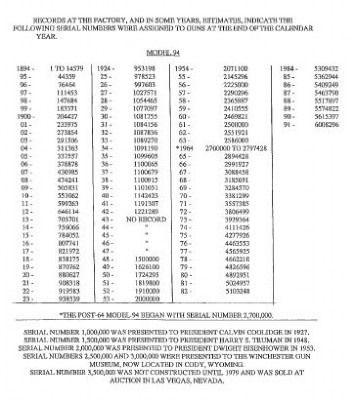

SPECTACULATOR CRACK SERIAL NUMBERS SERIES
The title ran as a part of regular, ongoing series titles for seven issues with the prefix "DC" added to the numbering (DC-7 through DC-13) in addition to the masthead title's own numbering (e.g., Superman #245 was also DC-7). The first three issues published (4, 5, and 6) had subtitles - the first two of which were later used for ongoing comics series. For the remainder of the series, super-heroes would dominate the title. This issue also listed every comic book character that DC owned in all of the spaces that otherwise would have been occupied by house ads. The first issue to feature super-heroes was DC-6 which had a wraparound cover by Neal Adams featuring the Justice League of America and Justice Society of America. DC-5, which was a romance comic and, therefore, published in very small numbers, has been heralded as the "rarest of all Bronze Age books" by the Overstreet Comic Book Price Guide. The first three issues were published in relatively small numbers and were entirely editorial content. Their Overstreet Comic Book Price Guide estimated value has increased from approximately $45.00 to hundreds of dollars each in the 1997-2006 editions.

While the books languished in relative obscurity in the collector's market for the first 20-odd years of their existence, their Overstreet Comic Book Price Guide estimated value from 1973–1995 did not exceed $3.00, these comic books - particularly the first three issues - have become some of the most sought-after Bronze Age books.

Quality Comics characters such as Max Mercury (known in the Golden Age as "Quicksilver", and named such on the wraparound cover of DC-11), the Black Condor, the Ray and Doll Man made their first DC Comics appearances in these books. Johnny Quick makes the first of what will turn out to be numerous appearances in many of the 100 Pagers. There were brief synopses provided on the inside cover, identifying and giving background to the characters shown on the wraparound cover and a table of contents that provided any information one would need on Golden Age characters that had not been seen in a while. These were stand-alone stories, all written to capture any first-time reader when they were originally published, so the reader needed no real introduction to many of these characters. DC characters such as Johnny Quick made reappearances in these reprints and sometimes gained some popularity among readers. As DC acquired the rights to Quality Comics characters, Fawcett Comics characters, and other folded comics companies' characters, a quick way to secure their rights was by publishing reprints featuring these characters. Nelson Bridwell's contributions to DC's history and its growing array of characters. As page count dropped to accommodate the 25¢ price, the 80 Page Giant became simply "Giant" comics and DC then quickly switched to a monthly 52-page format at the 25¢ price point and DC 100 Page Super Spectacular series became the standard for "Giant" comics. Comics prices increased quickly in the early part of the 1970s. The first DC Giant was the " 80 Page Giant", which ran as an annual and then alternately as its own title and as part of regular, ongoing titles throughout the 1960s. The DC 100 Page Super Spectacular series was the "next wave" of "Giant" comics featuring reprint stories in the company's vast trove of tales during a 1971 editorial transition at DC Comics, when the Superman titles were taken over by Julius Schwartz after the retirement of Mort Weisinger, who had overseen all Superman-related comics since the early 1950s.

6 Other comics in the Super Spectacular format.


 0 kommentar(er)
0 kommentar(er)
